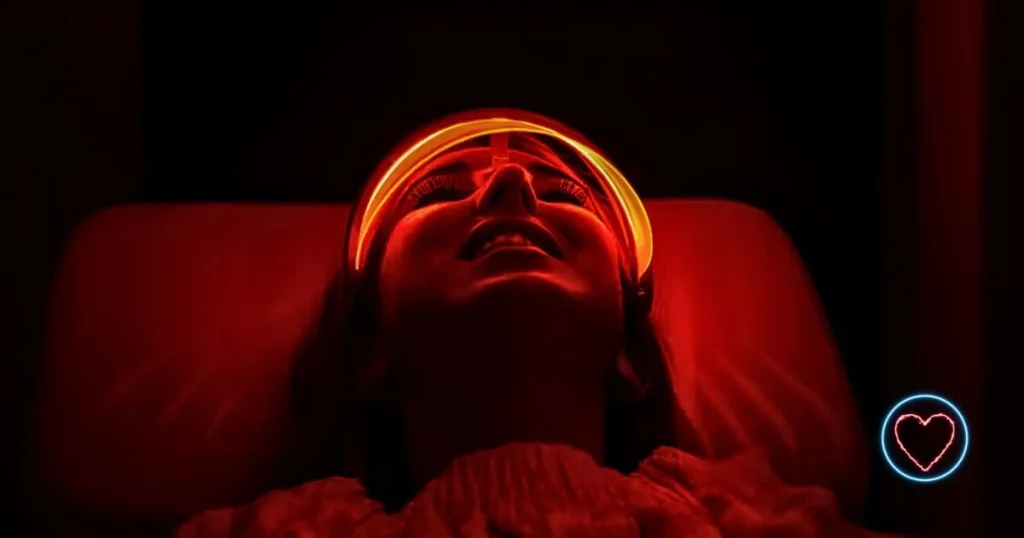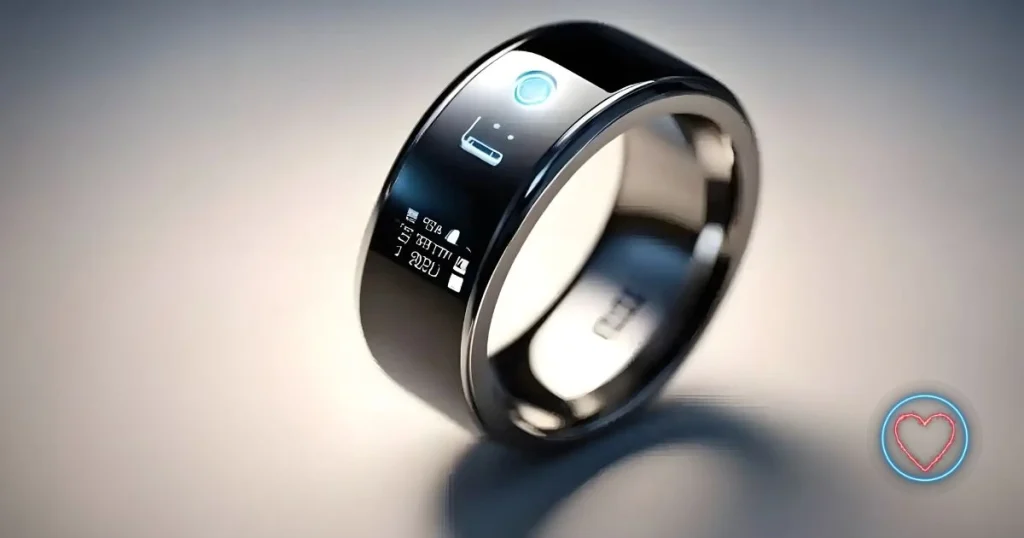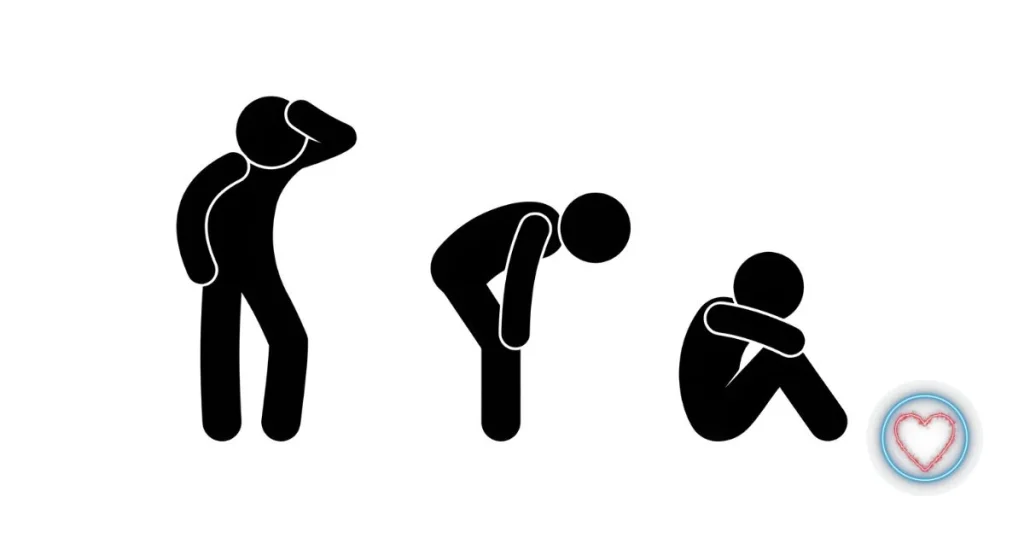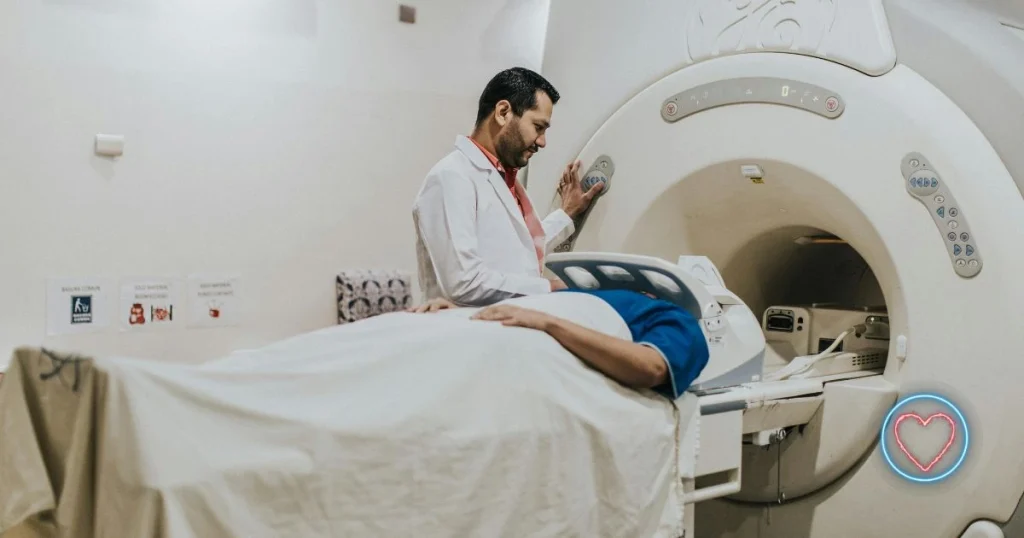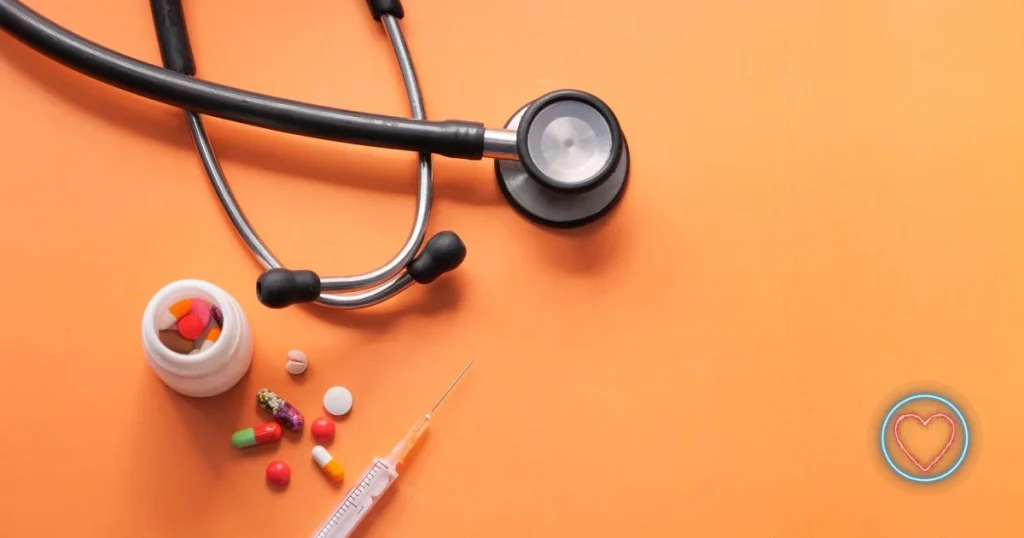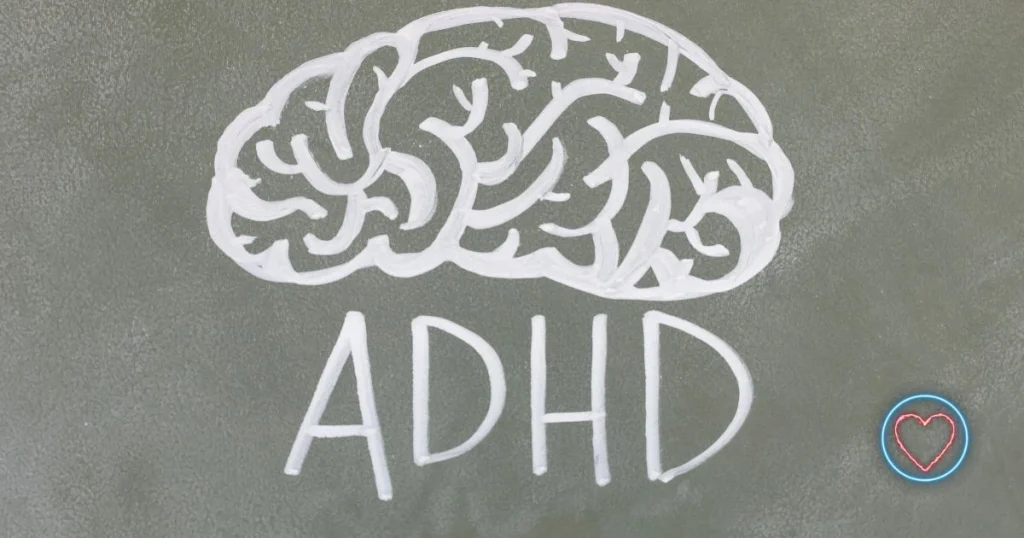In a world increasingly reliant on screens and artificial light, the health of our eyes has become a pressing concern. From digital eye strain to age-related degeneration, the challenges facing ocular wellness are both widespread and growing. Amidst various emerging therapies, one stands out for its non-invasive promise and scientifically backed benefits—Red Light Eye Therapy.
This revolutionary approach uses specific wavelengths of red and near-infrared light to stimulate cellular energy production and enhance overall eye health. But is it just another health fad, or a legitimate tool backed by research and results?
In this comprehensive guide, we’ll explore what Red Light Eye Therapy is, how it works, its proven benefits, and why it’s gaining traction in both clinical settings and home care routines.
What is Red Light Eye Therapy?
Red Light Eye Therapy (RLET) is a form of photobiomodulation—a treatment that uses red or near-infrared light to stimulate, heal, and regenerate tissue at the cellular level. While red light therapy has long been used for skin rejuvenation, wound healing, and pain relief, recent studies are now showing its promising application in eye health.
Typically using wavelengths between 630 and 850 nanometers (nm), red light therapy penetrates through the eyelid and surrounding tissues, targeting the mitochondria—the “powerhouses” of the cells. This interaction boosts ATP (adenosine triphosphate) production, which in turn improves cellular energy and function.
Importantly, the intensity and duration of the light exposure are carefully calibrated to avoid any damage to delicate eye tissues. Devices are designed for safe, low-level light exposure, making this therapy accessible and non-invasive.
How It Works: The Science Behind the Light
Understanding red light therapy begins with understanding the role of mitochondria. These organelles are essential for converting nutrients into usable cellular energy. As we age—or experience chronic stress and light pollution—mitochondrial function declines. This leads to decreased cellular performance, especially in high-energy organs like the eyes.
Here’s what happens during Red Light Eye Therapy:
- Light Penetration: Red and near-infrared light penetrate the skin and ocular tissues.
- Mitochondrial Stimulation: The photons from the red light are absorbed by cytochrome c oxidase, an enzyme in the mitochondria.
- ATP Production Boost: This absorption boosts ATP synthesis, enhancing cellular metabolism and reducing oxidative stress.
- Improved Functionality: With improved energy, eye cells can repair, regenerate, and perform their functions more effectively.
Proven Benefits of Red Light Eye Therapy
Red Light Eye Therapy isn’t just anecdotal—it’s gaining support from a growing body of scientific research. Below are several key benefits being observed in clinical and experimental studies:
1. Enhanced Retinal Health
The retina is extremely metabolically active and thus highly responsive to light-based therapies. Studies have shown that regular exposure to 670 nm red light can significantly improve photoreceptor performance, reduce inflammation, and prevent degeneration.
Study Highlight: A 2020 study published in The Journals of Gerontology found that three minutes of daily red light exposure over two weeks significantly improved retinal function in adults over 40.
2. Reduction in Age-Related Vision Loss
Age-related macular degeneration (AMD) is a leading cause of vision impairment in older adults. Red light therapy has shown promise in slowing the progression of AMD by reducing oxidative stress and inflammation in retinal cells.
3. Relief from Digital Eye Strain
In an era of remote work and digital overload, more people are suffering from Computer Vision Syndrome (CVS). Symptoms include dry eyes, blurred vision, and headaches. Red light therapy may help reduce these symptoms by:
- Increasing tear production
- Reducing eye muscle fatigue
- Improving circulation around the eye
4. Improved Contrast Sensitivity
Contrast sensitivity—the ability to distinguish objects from the background—often declines with age. Some users of red light eye therapy have reported improved contrast perception, potentially due to enhanced photoreceptor function.
5. Reduced Inflammation and Dry Eye Syndrome
By boosting cellular metabolism and circulation, red light helps relieve inflammation that contributes to chronic dry eye. This makes it a compelling alternative or complement to traditional eye drops and medications.
Who Can Benefit from Red Light Eye Therapy?
Although it’s especially useful for those experiencing vision decline or ocular discomfort, red light eye therapy can benefit a broad range of individuals:
- Older adults concerned about AMD or declining night vision.
- Younger professionals and students experiencing eye fatigue from screen time.
- Athletes and performers who rely on sharp visual acuity.
- Beauty enthusiasts interested in reducing fine lines and puffiness around the eyes.
Is Red Light Eye Therapy Safe?
When used correctly and at safe wavelengths, red light therapy is considered non-invasive and low-risk. However, safety is highly dependent on device quality and usage guidelines.
Key Safety Considerations:
- Wavelength Range: Stick to red light (630–700 nm) or near-infrared (780–850 nm).
- Exposure Time: Limit sessions to 1–3 minutes per eye unless otherwise directed by a clinician.
- Device Design: Use medical-grade devices designed for facial or ocular use. Avoid makeshift red LED products not designed for eye therapy.
Important: People with certain conditions (e.g., retinal dystrophies, photosensitive epilepsy) or who use photosensitizing medications should consult a physician before trying RLET.
Red Light Eye Therapy vs. Other Treatments
With many treatments for eye issues on the market—from lubricating eye drops to prescription medications—where does red light therapy fit?
| Treatment | Benefits | Limitations |
|---|---|---|
| Red Light Eye Therapy | Cellular regeneration, improved vision | Requires consistent use, high-quality device |
| Eye Drops | Instant moisture, symptom relief | Temporary solution, doesn’t treat root cause |
| Prescription Drugs | Treats specific diseases like glaucoma | Side effects, ongoing cost |
| Blue Light Glasses | Preventative, reduces eye fatigue | Doesn’t repair damage or enhance cell function |
Red light eye therapy stands out because it works at the cellular level, potentially reversing or repairing damage rather than merely masking symptoms.
Using Red Light Eye Therapy at Home
The growing popularity of red light therapy has led to the rise of FDA-cleared at-home devices designed specifically for eye use. These are user-friendly, often in the form of wearable goggles, masks, or handheld units.
Popular At-Home Devices:
- CurrentBody Skin LED Eye Perfector – Combines red and near-infrared wavelengths.
- Reviiv Red Eye Mask – Designed for both eye health and under-eye rejuvenation.
- Omnilux Contour Eye – Focused on anti-aging benefits and fine line reduction.
Tips for Home Use:
- Follow Manufacturer Instructions strictly.
- Use protective eyewear if advised.
- Stay consistent—benefits often appear after a few weeks.
- Pair with good eye habits—take screen breaks, stay hydrated, and get regular eye exams.
The Cosmetic Angle: Anti-Aging and Eye Rejuvenation
Beyond ocular health, red light therapy is making waves in the beauty world for its anti-aging effects, especially around the delicate eye area.
Aesthetic Benefits Include:
- Reduced fine lines and crow’s feet
- Decreased puffiness and dark circles
- Improved skin elasticity and tone
This dual functionality—boosting both eye health and appearance—makes red light therapy a favorite among wellness seekers who want results without surgery or injectables.
Future of Red Light Eye Therapy
As research accelerates, red light eye therapy is poised to become a cornerstone in both preventative and regenerative eye care. With its dual benefits for health and appearance, RLET represents a holistic approach to vision and wellness.
Future Directions Include:
- Integration into optometry and ophthalmology clinics.
- Development of personalized therapy protocols using AI and biometric sensors.
- Expanded use in pediatric and post-operative care.
Moreover, with the increasing prevalence of screen-related eye problems, it’s likely that red light therapy will soon become as common as blue light glasses or dry eye drops.
Final Thoughts: A Brighter Outlook for Eye Health
Red Light Eye Therapy is more than a passing trend—it’s a scientifically validated, non-invasive, and increasingly accessible solution for modern eye health challenges. Whether you’re looking to improve your visual performance, prevent age-related decline, or simply refresh the look around your eyes, RLET offers a safe and powerful tool.
As with any therapy, consulting a healthcare professional and choosing high-quality equipment are essential steps. But for those willing to invest in their ocular well-being, red light eye therapy could very well be the brightest innovation on the horizon.
